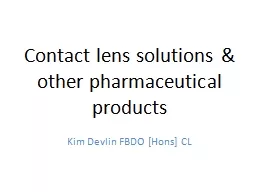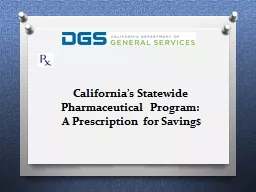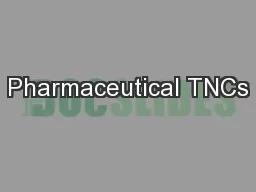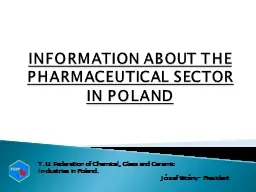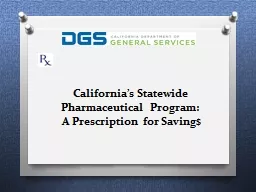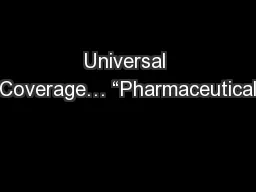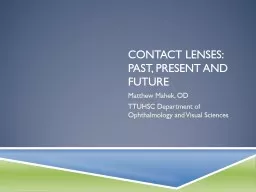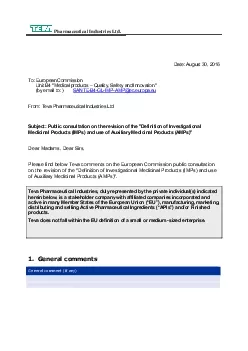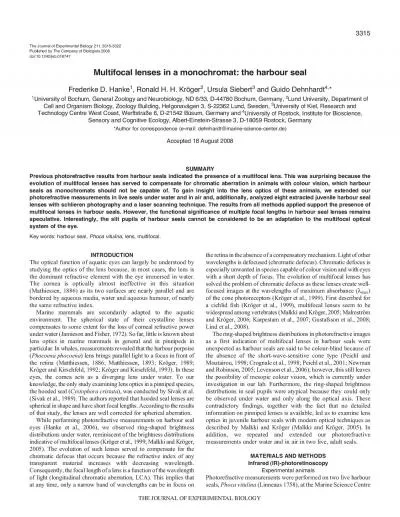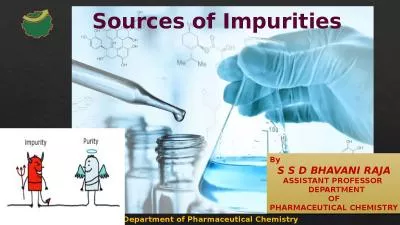PPT-Contact lens solutions & other pharmaceutical products
Author : karlyn-bohler | Published Date : 2015-10-06
Kim Devlin FBDO Hons CL Contact lens solutions Core competencies for Optometrists CLO and Dispensing Opticians all state the same thing To be competent we all
Presentation Embed Code
Download Presentation
Download Presentation The PPT/PDF document "Contact lens solutions & other pharm..." is the property of its rightful owner. Permission is granted to download and print the materials on this website for personal, non-commercial use only, and to display it on your personal computer provided you do not modify the materials and that you retain all copyright notices contained in the materials. By downloading content from our website, you accept the terms of this agreement.
Contact lens solutions & other pharmaceutical products: Transcript
Download Rules Of Document
"Contact lens solutions & other pharmaceutical products"The content belongs to its owner. You may download and print it for personal use, without modification, and keep all copyright notices. By downloading, you agree to these terms.
Related Documents

